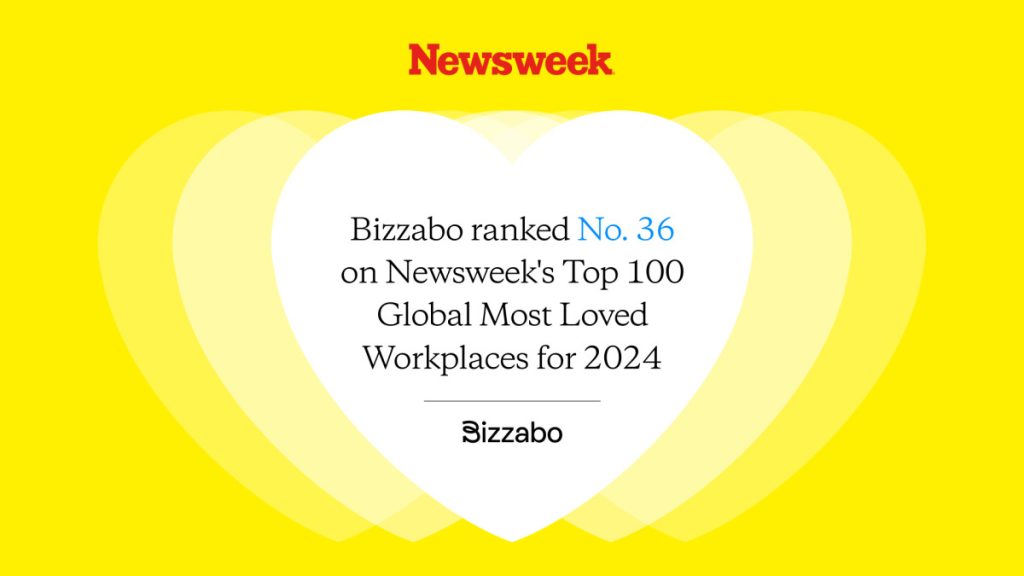How To Plan More Sustainable, Future-Proof Events


As we prepare for the next wave of in-person and hybrid events, event professionals need to remember that attendees are more conscious than ever about the climate and sustainability. But how do you create sustainable events?
According to Forrester research, one-third of adults in the United States say they spend more time thinking about the climate than before the COVID-19 pandemic. Additionally, 68% of highly empowered consumers say they plan to prioritize partnerships with brands that reduce their environmental impact.
That being the case, event organizers need to do everything they can to bake sustainability into their event strategy and future-proof their events. If you’re wondering how to create a sustainable event, you’ve come to the right place.
Keep reading to learn more about sustainable event management, the state of sustainability in the events industry, the unseen costs of events, and what you can do to create sustainable events.
What Is Sustainable Event Management?
Sustainable event management ensures that events are organized and executed with an eye toward sustainability. When event organizers embrace sustainable event management, they commit to things like the following:
- Partnering with venues and vendors that have third-party sustainability certifications (e.g., LEED, APEX/ASTM, Green Key, and GREENleaders)
- Ensuring food is served in biodegradable containers or that reusable items are available
- Giving attendees the option to take public transportation to the venue to reduce carbon dioxide emissions
- Encouraging attendees to be conscientious of waste and sustainability throughout their event (e.g., with signage indicating where items can be recycled)
In today’s digitally driven age, event organizers also focus on hosting hybrid and virtual events, enabling them to further reduce their events’ carbon footprints.
In other words, sustainable event management is all about building your event strategy on a foundation of sustainability and being green. Not only does this help protect the environment, but it can also reduce event expenses while delighting environmentally conscious attendees, vendors, and staff.
The State of Sustainability in the Events Industry
While more and more event organizers are paying serious attention to event sustainability, the industry still has a ways to go. For example, a study published in Nature Communications found that the annual carbon footprint for the global events industry is of the same magnitude as the yearly greenhouse gas emissions of the entire United States — or more than 10% of global CO2 emissions!
Additionally, a study by MeetGreen shows that the average three-day event with 1,000 attendees produces the following:
- 12,500 pounds of total waste
- 7,672 pounds of landfill waste
- 530 metric tons of CO2 emissions
The most significant source of those emissions? MeetGreen found that 70% of an event’s carbon footprint comes from attendees, speakers, and sponsors flying to the venue.
Thanks to the rise of virtual and hybrid events, the good news is that it’s possible to reduce a significant chunk of that footprint by encouraging a virtual component.
The Overlooked Environmental Costs of Events
There are many costs beyond the budget that event organizers need to consider when planning events, including the following:
- Printed materials (e.g., brochures)
- Energy consumed in hotel rooms
- Cab rides
- Swag
- Food waste
- Single-use plastic (e.g., water bottles and plasticware)
- Lanyards and nametags
- Office supplies (e.g., pads, pens, and staplers)
- Inefficient or outdated venues (e.g., not using energy-efficient lighting)
While the above list is by no means exhaustive, it should give you a better idea of how many event necessities adversely impact the environment.
How to Create More Sustainable Events
Now that you have a deeper understanding of sustainable event management, the state of sustainability in the events industry, and some hidden environmental costs, let’s turn our attention to some tactics you can use to build a more sustainable event strategy.
- Create a sustainability policy. Start by creating a policy that outlines what you’re trying to accomplish vis-a-vis sustainability. What drives your sustainability policy? What are your goals and KPIs? How will you implement your plan?
- Embrace hybrid and virtual events. Rather than encouraging all attendees to travel to your events physically, consider inviting VIPs to attend in-person and asking everyone else to attend remotely. A large conference with 5,000 attendees embracing this approach can reduce its event footprint by 98%!
Streaming experiences can reduce total climate pollution from events by 60-98% (Eventcellany, 2020)
- Host events in the metaverse. Worried your virtual events might not be as memorable as your in-person events? Try your hand at hosting an event in the metaverse, which attendees won’t forget anytime soon.
- Create satellite events. Rather than have one major event over the year, consider hosting more regional micro-events to limit travel.
- Use sustainable materials. Ensure all the materials at your events are sustainable, recyclable, and compostable. Even a few minor tweaks can make a big difference, particularly when compounded over the years.
- Donate extra food to those who need it. Don’t let uneaten food go to waste! Partner with food pantries before your event and donate excess food to them once it’s over.
- Leverage technology. When possible, use digital tactics instead of physical ones. Instead of a brochure, use an app. Instead of printing out materials, host PDFs on your event website.
- Choose sustainable vendors. When you partner with vendors who have already embraced sustainability, your work is much easier.
- Choose sustainable venues. Similarly, when you only use venues that have invested in sustainability, keeping your event footprint low is much easier.
- Prioritize green transit options. Rather than encouraging folks to drive to your event or take their cabs, partner with rideshare apps and other green transit options to tote people to your event and back to their hotel as environmentally efficient as possible.
- Choose a proper waste management program. All the compostables in the world are useless if you don’t have the right onsite waste management solutions. Set up landfill, recycling, and compost waste receptacles, and encourage attendees to bring reusable mugs and water bottles from home to minimize waste.
- Cut down on paper materials. Instead of printing out brochures and other collateral, direct attendees to your event website or app. Whenever possible, use reusable or digital signage.
- Offer digital swag. While you might be tempted to hand out lanyards, water bottles, and other physical swag, attendees already have a boatload of this stuff. Reduce your footprint with digital swag — whether a free online training course or a non-fungible token (NFT).
Bonus: If you’re ready to create an environmentally friendly event strategy, consider getting a Sustainable Event Professional Certificate.
Examples of Events That Champion Sustainability
At this point, you have a better idea of the importance of sustainable events and specific actions you can take to bring more sustainability to yours. But you might be wondering what this all looks like in the real world. To give you a better idea, here are some examples of events that champion sustainability:
- Microsoft Build is an event for developers that has been virtual throughout the COVID-19 pandemic and will remain virtual in 2022.
- The International Conference on Sustainable Development is an event that brings people together to collaborate on solutions that help meet the UN’s Sustainable Development Goals.
- Burning Man is a bohemian arts festival held in Nevada each summer where attendees are encouraged to “leave no trace” after the event is over.
- We Love Green is a music festival held in France that’s committed to eco-friendly solutions and sustainability.
Help Usher in an Era of Sustainable Events
No matter where you are in your journey toward sustainable events, there is always room for improvement. On the flip side, the failure to build more green initiatives into your events will make it harder to attract attendees, speakers, and sponsors.
One of the hardest parts about creating sustainable events is building a budget that hits all the right notes for everyone involved. No worries! We’ve got you covered. Download our Event Budgeting Guide to learn how to budget like a pro every time.



